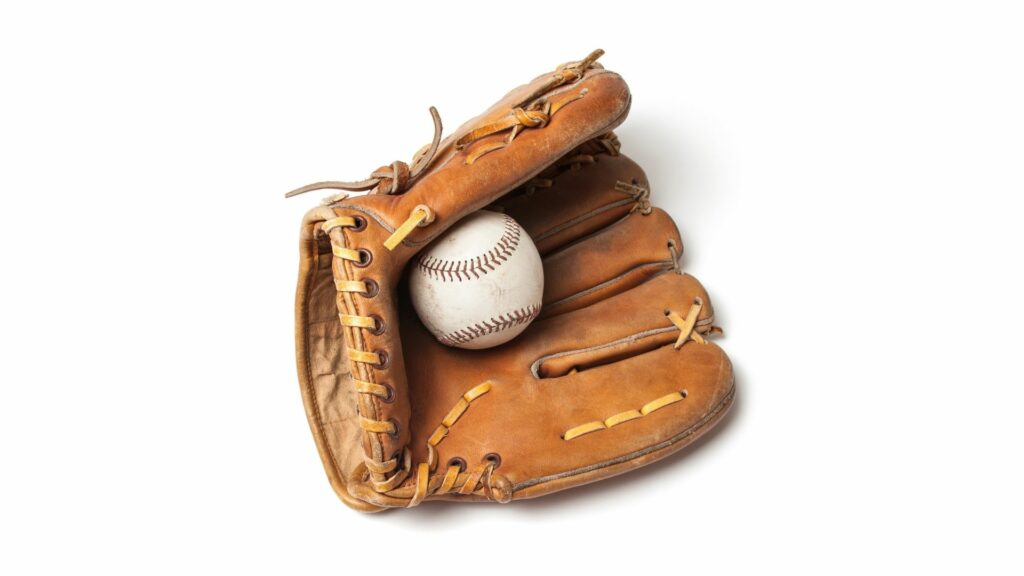Go Karts for Kids and Fun Guaranteed
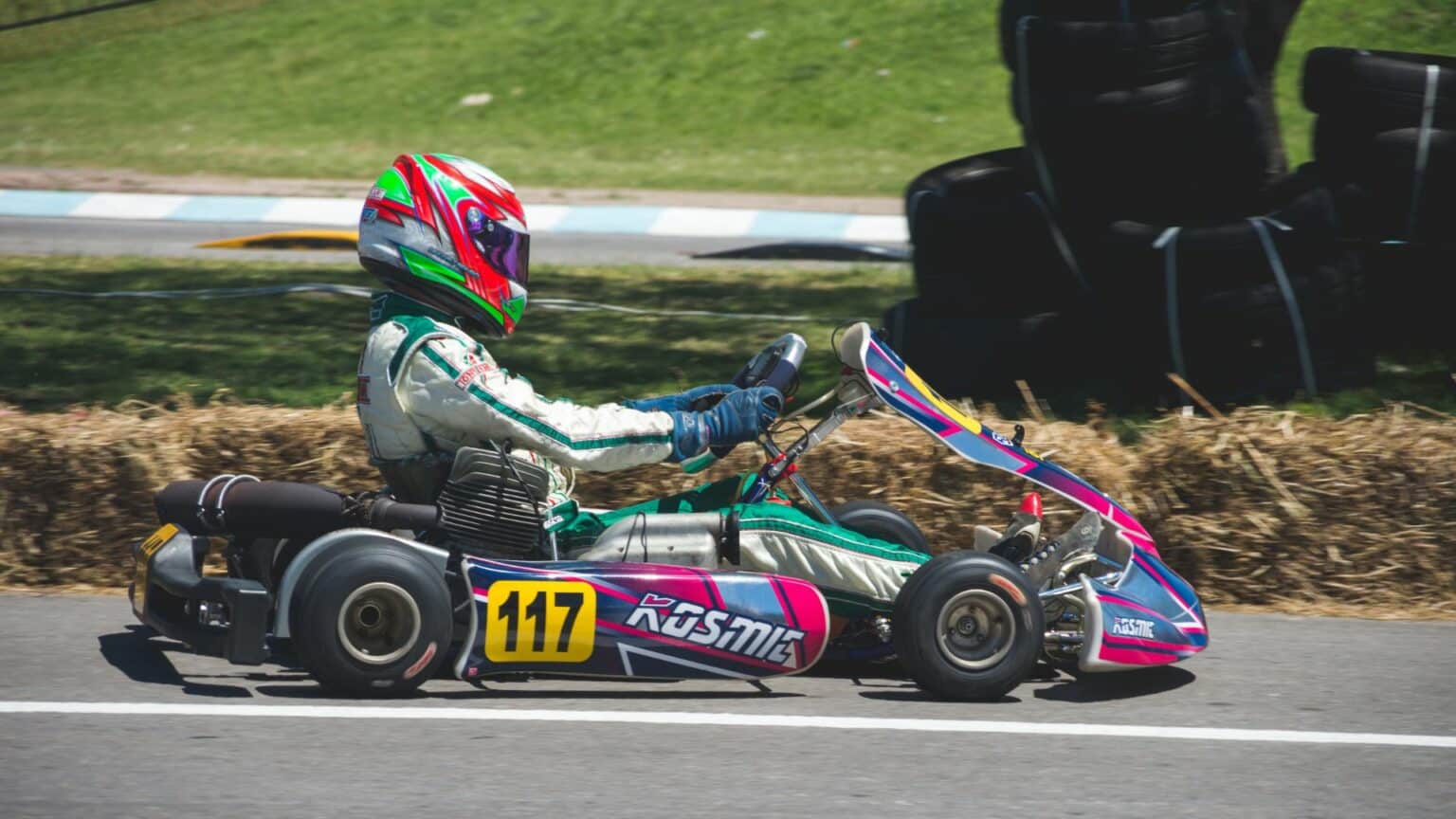
Last Updated: November 22, 2022
Do you remember the first time you went go-karting? The excitement of tearing around the track, wind in your hair? Go-karts are the perfect way to let off some steam and have a whole lot of fun. And what’s even better is that they’re not just for adults — kids can enjoy them too!
If you’re looking for a great day out for the family, or a birthday party with a difference, then look no further than go-karting. It’s guaranteed fun for all ages. But with so many different options out there, how do you know which one is right for you?
Don’t worry, we’ll take care of it. In this article, we’ll help you choose the perfect one for your little one. So buckle up and let’s get started!
What is a go-kart?
A go-kart, also written as go-cart (often referred to as simply a kart), is a type of open-wheel car. Go-karts come in all shapes and sizes, from motorless models to high-powered racing machines. Many people think of go-karts as the smallest and simplest type of race car, but there are actually several different types of go-karts, each with its own set of features and abilities.
The word «go-kart» is a genericized trademark, originally coined by MacKenzie Miller in 1956 when he built his first Bobsled kart. Over time, «go-kart» has become a common name used to describe any small, open-wheel vehicle regardless of manufacturer or design.
The earliest known go-kart was designed and built by an Italian man named Arturo Parodi in 1957. Parodi’s design was inspired by the soapbox carts he had seen American kids racing down hills. He created a steering system that allowed the driver to turn the front wheels by shifting their weight from side to side. He then mounted an old Fiat 500 engine onto the frame and added some basic suspension components. The result was a vehicle that was both fun to drive and very fast.
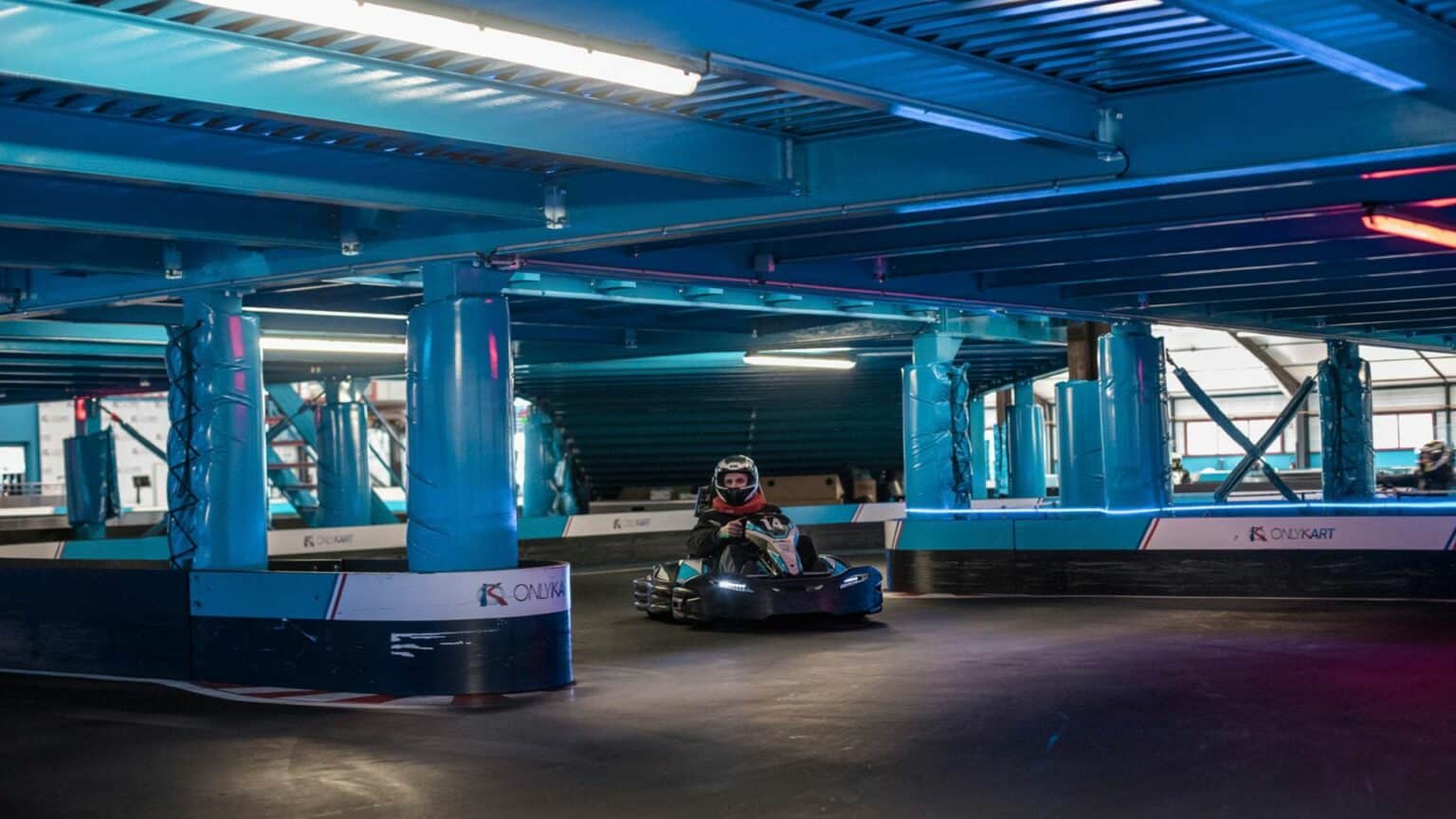
Luigi Colani is credited with inventing the modern go-kart in 1957. His design, which featured a tubular steel frame and a small, 10 horsepower engine, allowed the driver to turn the front wheels by shifting their weight from side to side. He then mounted an old Fiat 500 engine onto the frame and added some basic suspension components. The result was a vehicle that was both fun to drive and very fast.
It wasn’t long before others began experimenting with Colani’s design, and soon go-karts were being built with larger engines and more sophisticated suspensions. Today, there are many different types of go-karts available, from simple four-wheeled machines powered by lawnmower engines to high-performance racing karts with roll cages and slick tires. No matter what type of go-kart you’re interested in driving, one thing is for sure — they’re all lots of fun!
How to choose the right go kart for your kid?
When it comes to choosing the right go kart for your kid, there are a few things you need to take into consideration. The first thing is their age. You don’t want to get something that’s too big or too small for them. The next thing is their height and weight. You need to make sure that they will be able to reach the pedals and handle the steering wheel comfortably. If they can’t, then it’s not the right go kart for them.
Another thing to consider is how much power you want the go kart to have. If your kid is younger, then you might not want something with too much power so they don’t end up going too fast or losing control. On the other hand, if your kid is a little older and has some experience with go karts, then you might want to look into getting something with more power so they can have more fun on it.
No matter which go kart you ultimately decide on for your kid, always put safety first and make sure they always wear a helmet when driving.
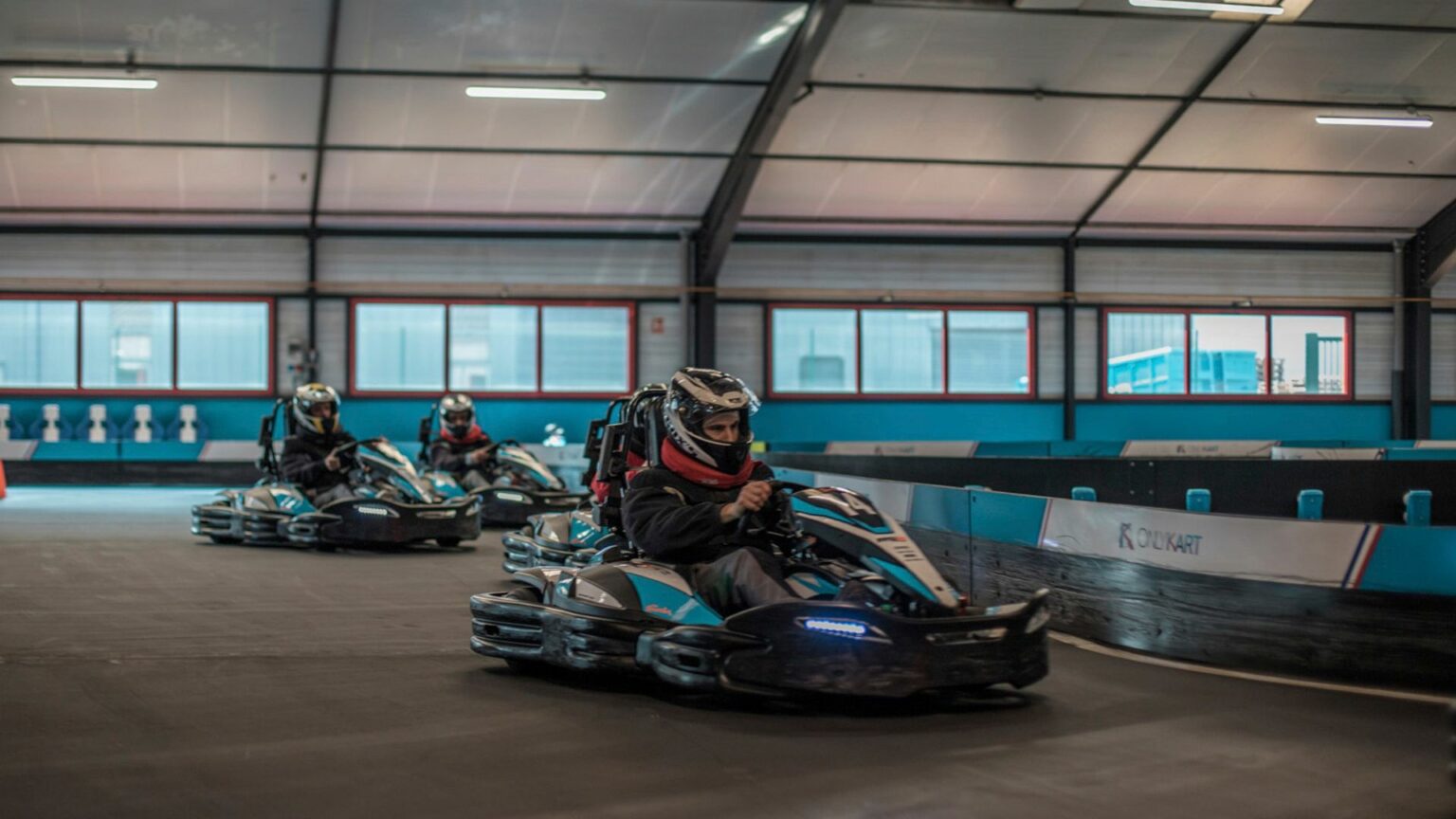
Now that we’ve got that out of the way, let’s talk about how to choose the right go kart for your kid. The first step is to consider what kind of driving your child will be doing. If they’ll be sticking to flat, paved surfaces like a driveway or parking lot, then pretty much any go kart will do. However, if they’ll be driving off-road on rougher terrain, you’ll want to make sure you get a sturdier model with larger tires designed for those conditions.
Next, take into account your child’s age and size. You’ll want to make sure they can reach the pedals and steering wheel comfortably, and that the seat is at a good height for them. It’s also important to consider weight when choosing a go kart; too light and it might tip over easily, too heavy and it may be difficult for your child to control.
Finally, think about how fast you want your child to be able to go. Some go karts can reach speeds of up 40 miles per hour or more! While this might sound fun (and it is!), it’s important to remember that with speed comes responsibility. Make sure your child is old enough to handle a go kart before you let them loose on the track.
What age do you start on go-karts?
Go-karts are a great way for kids to get behind the wheel and have some fun while doing it. They can help teach basic driving skills and can be a stepping stone towards racing if that is something that interests your child. But as with anything, safety should always be the top priority.
So what age do you start on go-karts? It really varies depending on each individual child but following these guidelines will help ensure that your child has a safe and enjoyable experience:
Children under 4 years old: There are mini electric karts available that are specifically designed for very young children. These karts have slow speeds (usually around 2mph) and can be driven indoors or outdoors on smooth surfaces. This is a great option for kids who are too small or not ready for the Gas pedal karts yet.
Children 4 years old and up: If your child meets the minimum height requirements (usually around 3 feet tall), then they’re likely ready to start driving a go-kart.
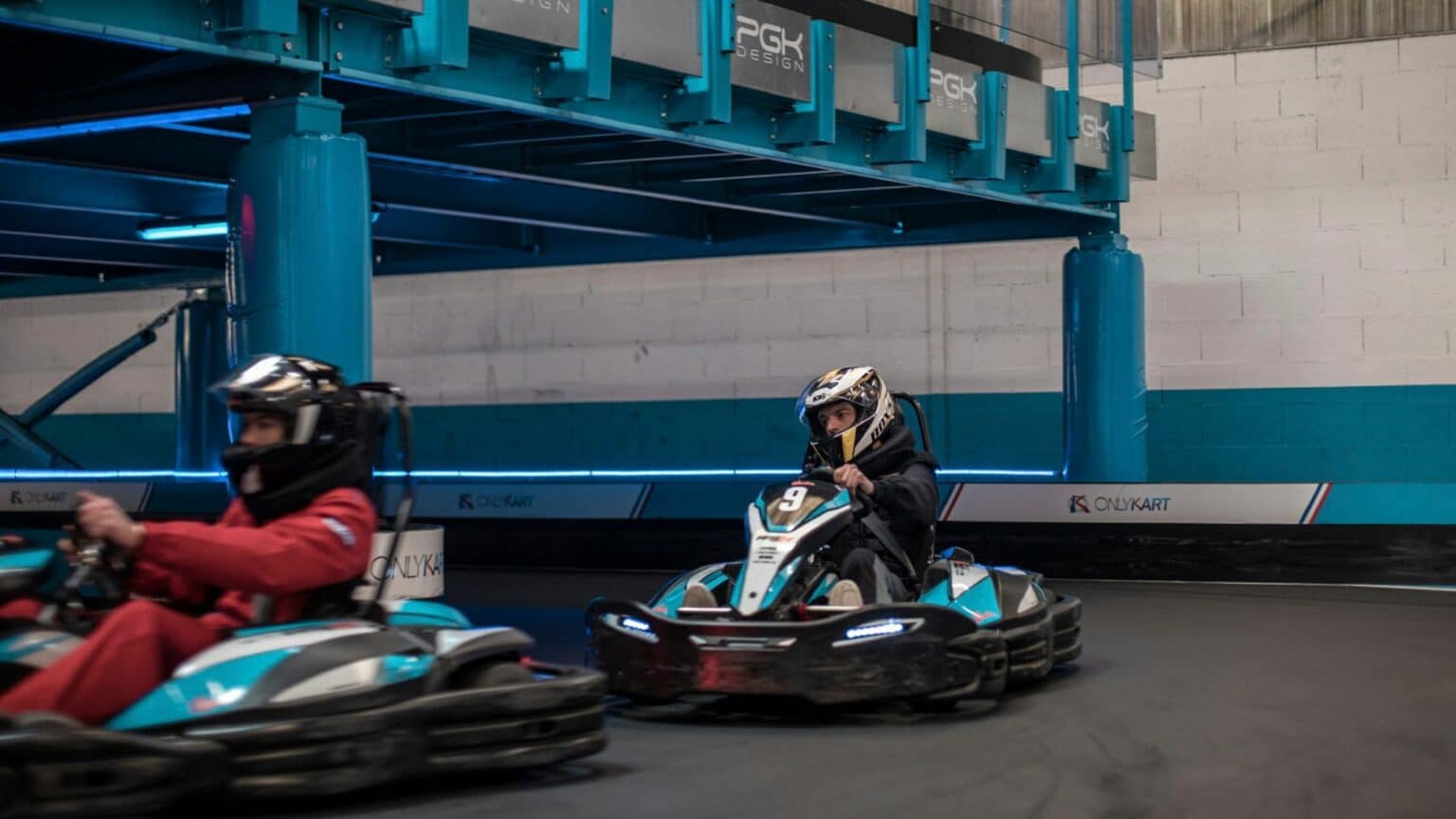
There are many different types of go-karts available, from electric to gas powered. If your child is just starting out, we recommend an electric go-kart. They’re less expensive and easier to operate than gas karts. Plus, there’s no risk of them accidentally flooding the engine or spilling fuel.
Once your child has some experience driving a go-kart, you can move up to a gas powered kart. Gas karts are faster and provide a more authentic racing experience. Just be sure that your child is old enough and responsible enough to handle the extra power before making the switch.
As with anything else, use your best judgement when deciding whether or not your child is ready to start racing go-karts. If you have any doubts whatsoever, err on the side of caution and wait until they’re a bit older. After all, there’s no rush — they’ll still have plenty of time to enjoy this thrilling activity once they reach the appropriate age!
What safety equipment does a go-kart have?
A go-kart is a small vehicle with four wheels, powered by either an electric motor or a gasoline engine. They are often used for recreation or racing. Most go-karts do not have any type of safety equipment, but some may have a seatbelt.
While many people associate go-karts with fun and games, there is always the potential for injury when operating one of these vehicles. It is important to be aware of the dangers involved in go-karting and take precautions to ensure your safety while participating in this activity.
One of the most important safety considerations when using a go-kart is to wear appropriate protective gear. This includes a helmet, gloves, long pants, and closed-toe shoes. Wearing loose clothing or jewelry can also be dangerous as it can get caught on the handlebars or other parts of the kart.
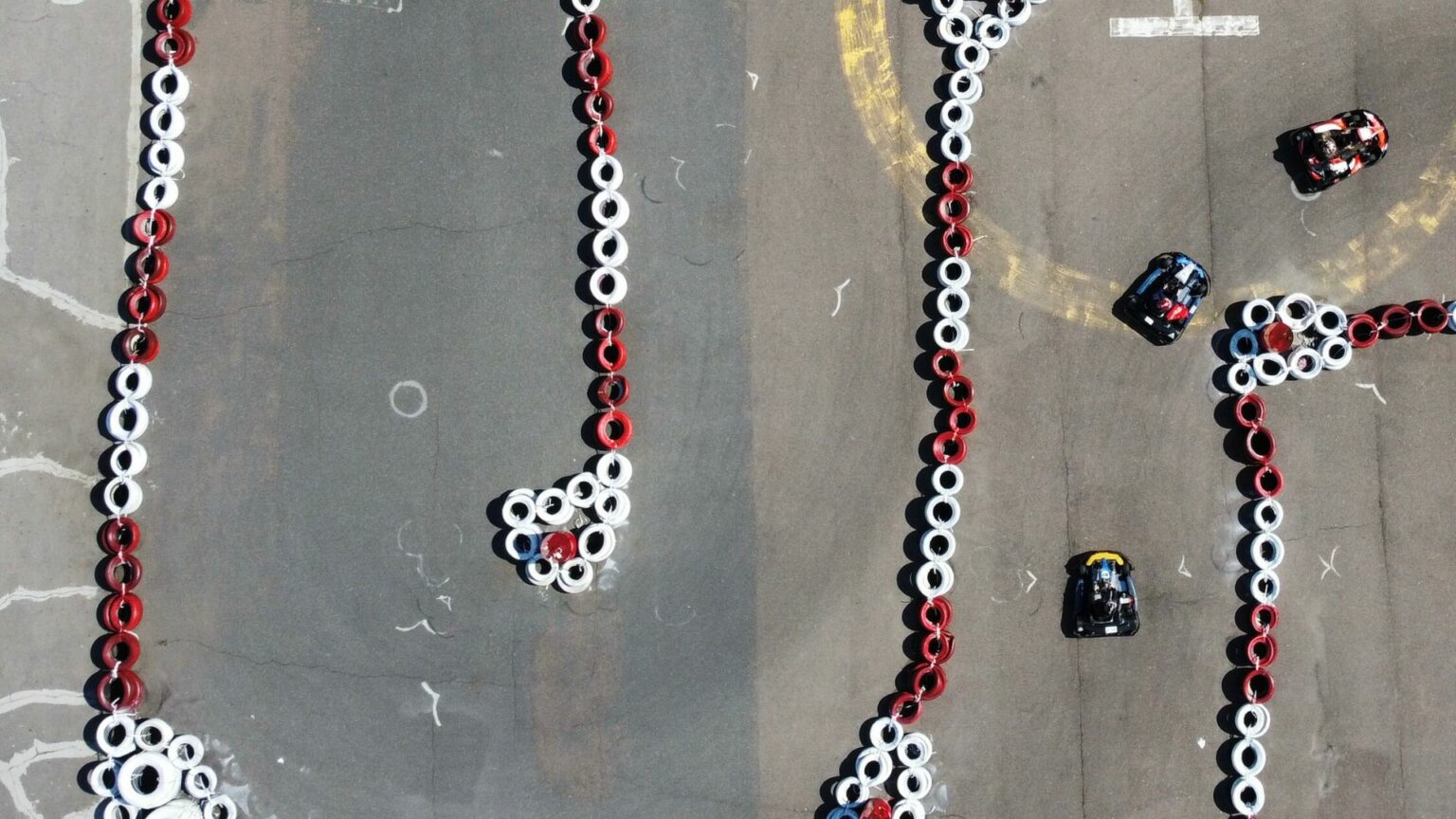
In addition to wearing proper attire, it is also important to pay attention to your surroundings while driving a go-kart. Be aware of other drivers on the track and avoid collide with them. If you are racing, be sure to follow the rules of the race and use good sportsmanship towards your fellow competitors.
Lastly, be sure to inspect your go-kart before each race or practice session. Check the condition of your tires, brakes, and steering. Make sure that all the bolts are tightened and that there is no loose hardware on the go-kart. By taking these precautions, you can help avoid accidents and injuries while enjoying your time on the track!
Do I need to buy my child a specific size go-kart?
There’s a go-kart for every child, no matter what their size. Go-karts come in all different sizes, so you can find one that’s just right for your little one. But how do you know which size to buy?
Here are a few things to consider when choosing the right sized go-kart for your child:
1. Their height. The most important factor in choosing the right sized go-kart is your child’s height. You want to make sure they can reach the pedals and steering wheel comfortably without being cramped. Most go-karts have adjustable seats, so you can always raise or lower it as needed.
2. Their age. Another thing to consider is your child’s age. If they’re on the younger side, you might want to opt for a smaller go-kart that’s easier for them to handle. On the other hand, if they’re older and more experienced, they might be ready for a bigger model.
3. Your budget. Of course, price is always a consideration when making any purchase. But don’t let it be the only factor in deciding which go-kart to buy for your child—you want to make sure you’re getting a good value.
4. Space considerations. If you don’t have a lot of room to store or operate a go-kart, then obviously a smaller model will be more appealing. But even if space isn’t an issue, keep in mind that larger go-karts can be more difficult to transport.
5. Skill level of your child (and yourself). If you have an experienced driver on your hands, then they may be able to handle a more powerful go-kart with ease. On the other hand, if your child is just starting out, then it might be better to start with something simpler that they can grow into.
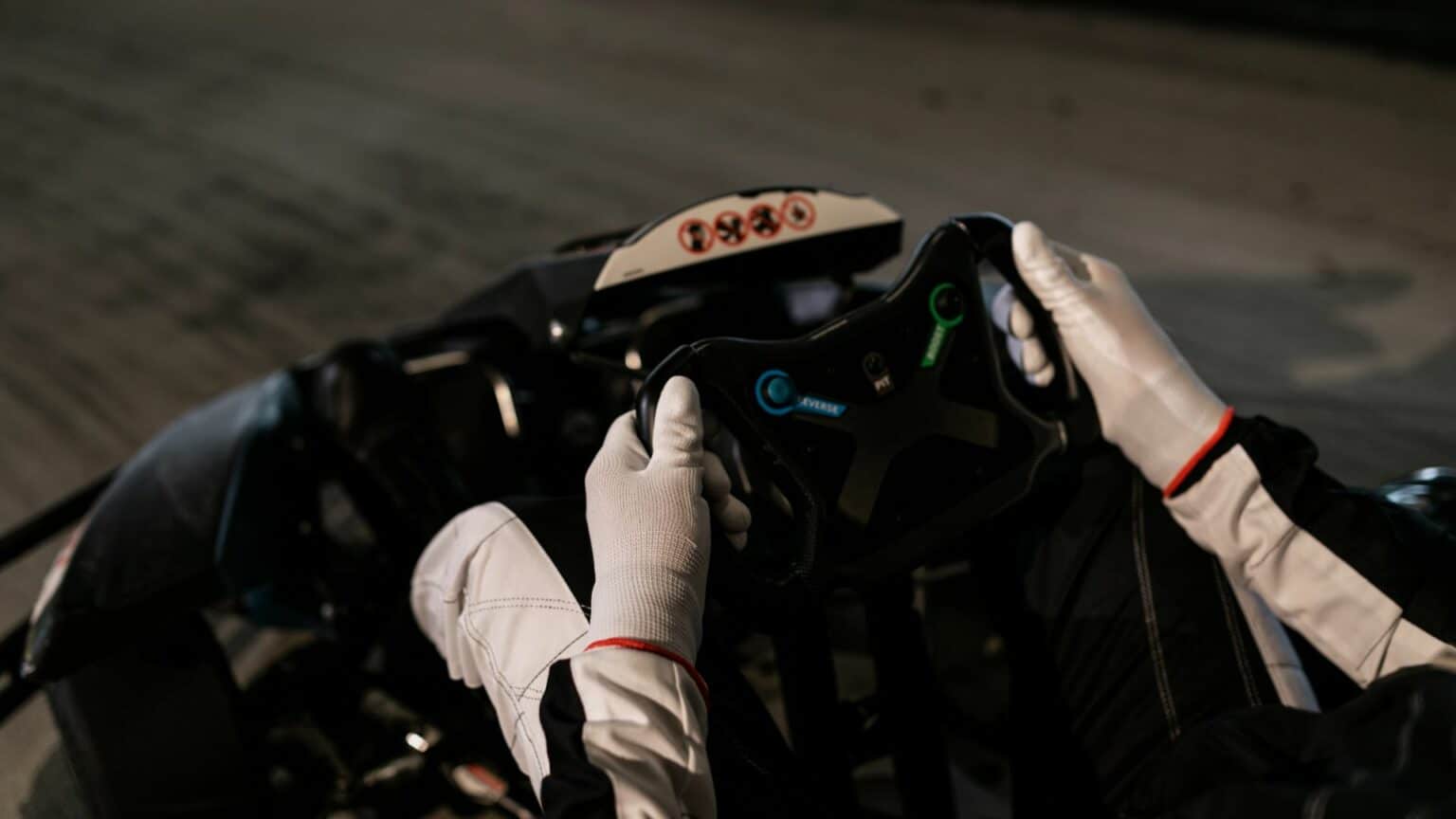
Finally, you’ll need to decide how much you’re willing to spend on a go-kart. You can find options anywhere from around $200 all the way up to several thousand dollars depending on features and performance levels. Again, if this is your child’s first go-kart it might be best to stick with something on the lower end so they don’t get discouraged. But if you have the budget for it and your child is beyond the beginner level, then by all means go for it!
What kind of go-kart do kids like?
There’s a go-kart for every kid, whether they’re into racing, dirt track or just cruising around the block. Here are some of the most popular types of go-karts for kids:
Racing karts: These karts are designed for speed and handling, and are often used in competitive racing. They typically have a more powerful engine than other types of karts, and may feature aerodynamic body panels to help reduce drag.
Dirt track karts: As the name suggests, these karts are designed for racing on dirt tracks. They usually have a higher ground clearance than other types of karts to avoid getting caught up on bumps and ruts in the track. Some dirt track karts also have wider tires to provide more traction on loose surfaces.
Cruising karts: These karts are intended for leisurely driving, and generally have a lower top speed than racing or dirt track karts. Cruising karts often come equipped with features like stereo systems, cup holders and storage compartments to make them more enjoyable to drive.
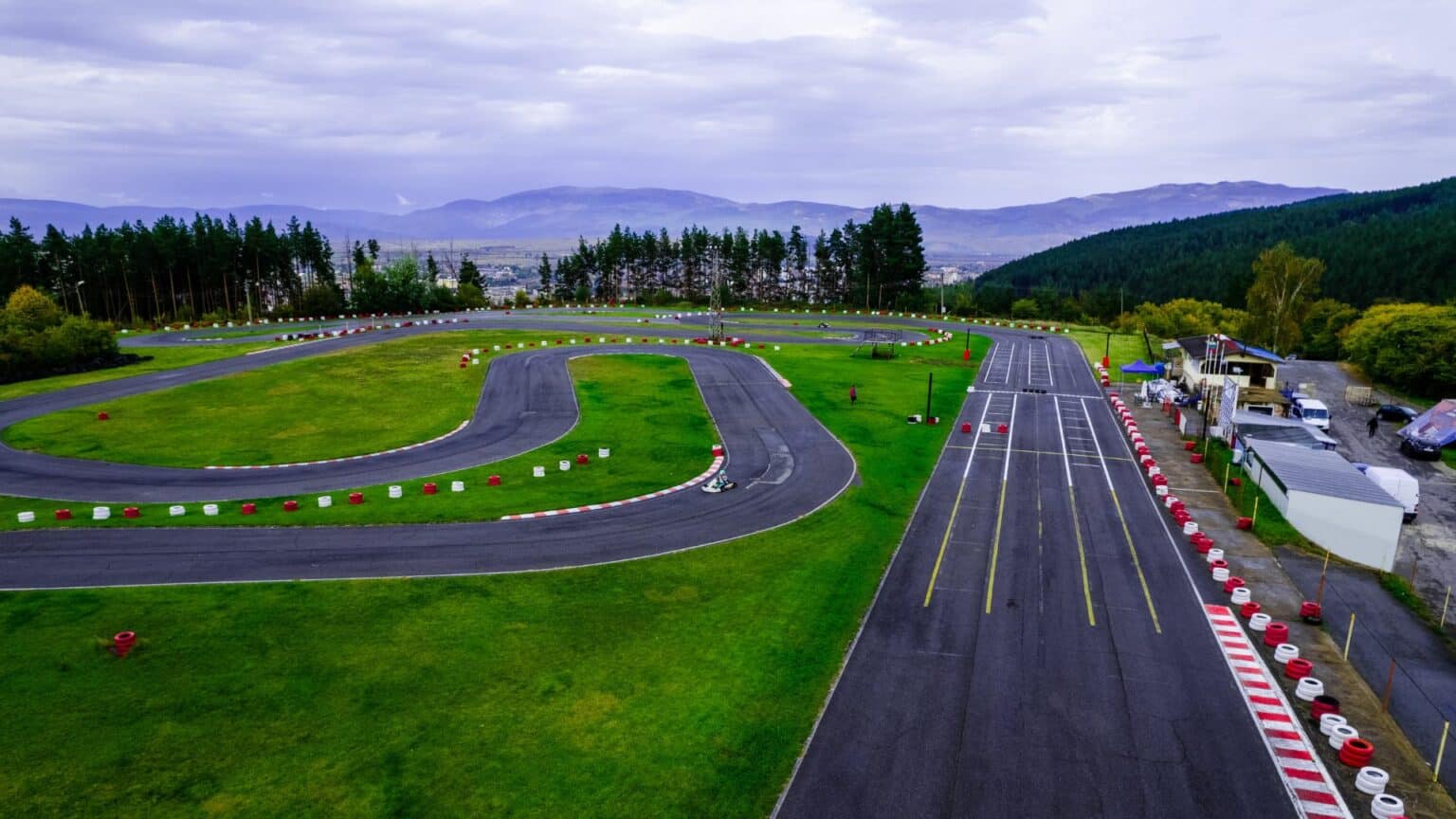
Kids love go-karts for many reasons. They are small and easy to operate, yet still fast and exciting. Go-karts offer a unique driving experience that is both thrilling and challenging.
There are many different types of go-karts available on the market, each with its own set of features and benefits. However, not all go-karts are created equal. Some are better suited for racing while others excel in off-road conditions. Ultimately, the type of go-kart that kids will enjoy the most depends on their individual preferences.
Of course, fun is also an important factor! Many kids enjoy go-karts with extra features like nitro boosts or speed upgrades. Others prefer simple designs that they can personalize with their own paint job or decals. Ultimately, it’s up to your child which kind of go-kart they’ll enjoy the most — so let them take the lead when it comes time to make a purchase!
You Also May Like
Copyright 2025 © Top Sports For Kids
Topsportsforkids.com is a participant in the Amazon Services LLC Associates Program, an affiliate advertising program designed to provide a means for sites to earn advertising fees by advertising and linking to Amazon.com.

